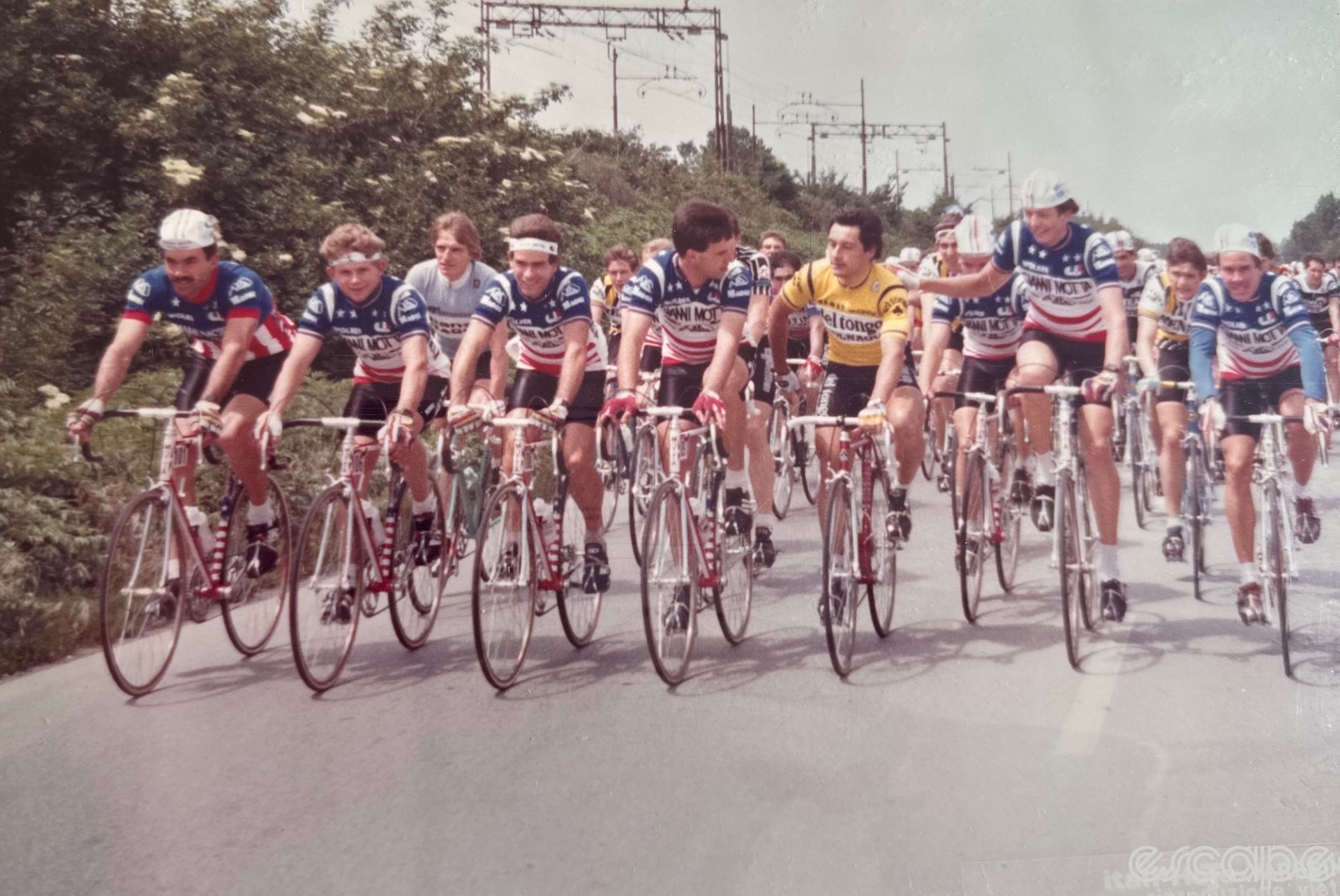Did we do a good job with this story?


The remarkable tale of two young Americans and the opportunity – and challenge – of a lifetime: to race the Giro d'Italia.
The Gianni Motta team has a lighthearted moment with former World Champion Giuseppe Saronni at a spring race in Italy. MIchael Carter is second from left.